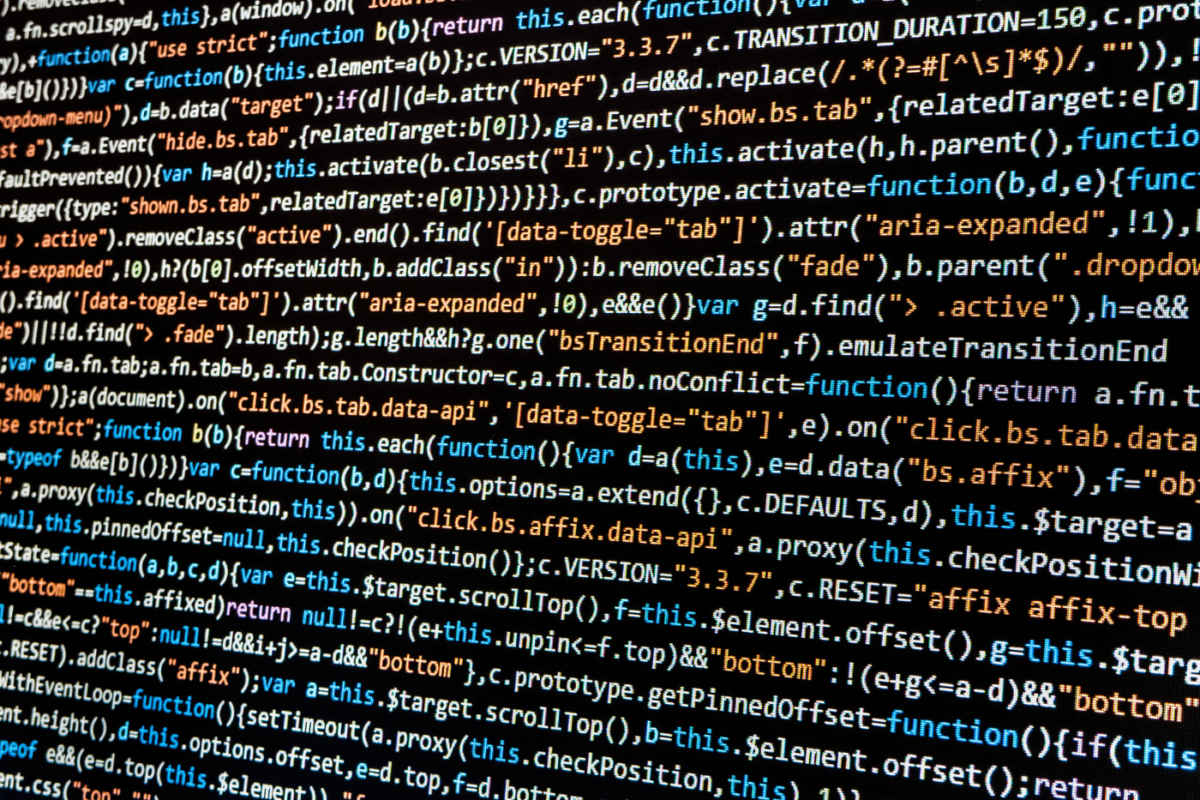Inspired from the Enigma Machine used during the World War, Gencrypt is a encryption decryption service where users can convert their text into unreadable text and can later decrpyt it when required. This service is made secure with help of three different configuration settings that the user chooses to encrypt and decrypt their text.
This project uses a locally stored data file that stores all the encrypted text and the keys. The key that the user is shown is not the actual key that is stored in the database. The actual key is generated using the 3 configuration numbers that the user enters. When decrypting, the user has to enter the same numbers in the same order to decrypt as the key to be matched with the database is generated again. The stunning background of the project is built using particles.js and modern look is given with the help of purple and dark blue gradient.
The way the encryption works is that there is an array of all the possible characters, and when the server receives input, then it converts each character to the index of that specific character in the array. Then a random number is added to each number and this random number is different for each character. Then the array of all the random numbers is generated and is stored in a dictionary as key and value pair with the key generated which is also done using picking 10 random characters from the array of all the characters. When the user tries to decrypt the text, the server just read from the dictionary and then looks at the key to find the array of the random numbers. Then it subtracts those numbers from the encrypted string that the user has entered.
This project was built using HTML and CSS for the frontend and Flask for the backend. I used particle.js to have a futuristic network and encryption effect in the background.




